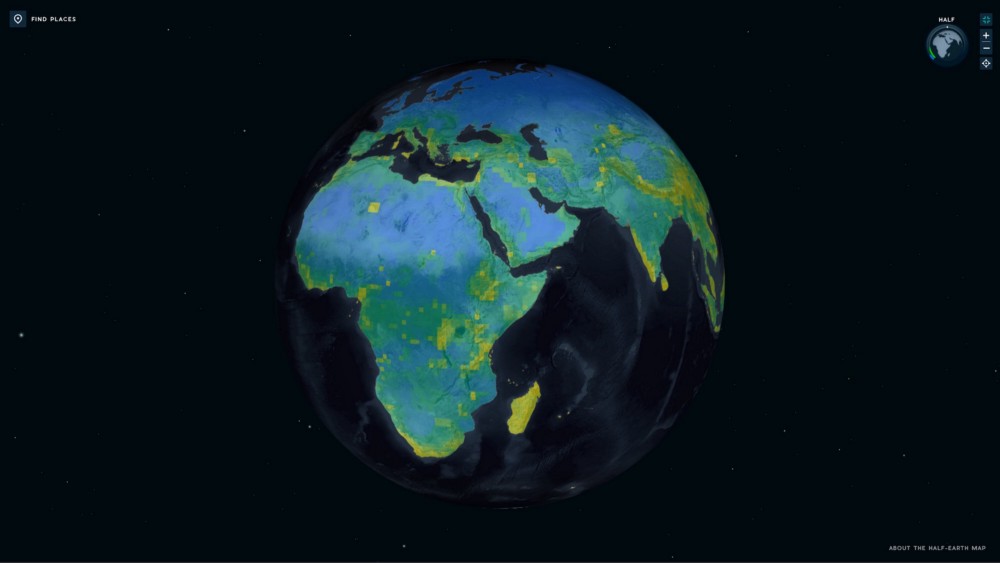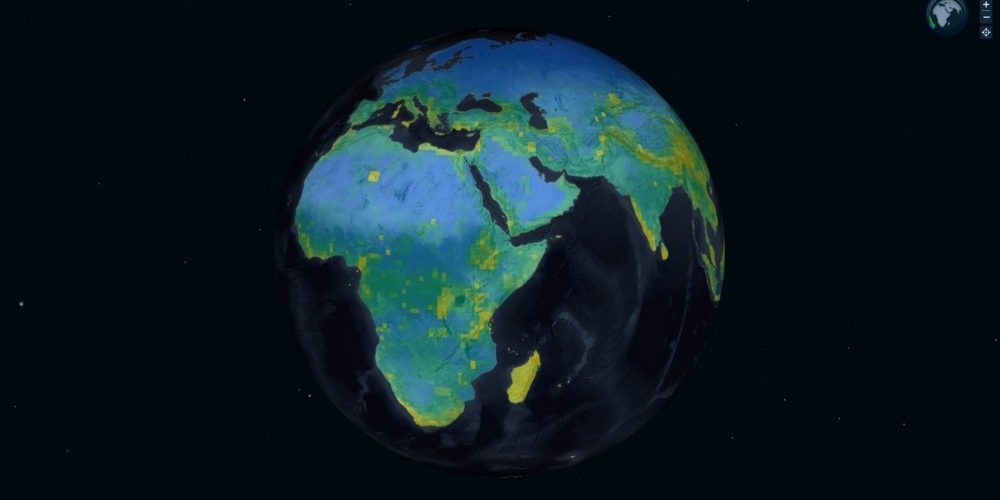
Mankind is putting the planet into a crisis, and more than 1 million species are on the verge of extinction. There are many ideas for preventing natural collapse, but the boldest and most daring is the half-earth project to protect half of the planet as human-free land.
This means protecting land and sea. However, what is needed is to secure a global half-nature so that it can reproduce without human interference. According to a UN report released in October, 15% of the earth’s land and 7.8% of the sea are currently protected.
The idea of protecting 50% of the planet has been known for decades. Support for this idea has grown over the past few years, with biologist Edward Osbourne Wilson’s book and earlier this year expressed support by member states of the UN Convention on Biological Diversity. However, according to a new paper, if applied to half the planet, it could have a major impact on one billion people. Most of the affected people are low- and middle-income countries, raising the need for coherent protection that will not bother the poor living here.
Nature is facing decline and recent urban expansion, deforestation, climate crisis and numerous human activities. Because humans rely on nature for everything from flood control and fishing activities, this decline entails serious dangers for humans. If this danger disappears, human life will not be greatly delayed at the same level as it is now.

Wilson and his team agree with the idea of Halfus, which claims to have fairness for most species on the planet. According to these models, protecting half the planet can protect up to 85% of the species. Meanwhile, if 90% of the earth is contaminated by logging, only 50% of the species survive.
Avoiding these consequences would be in the greatest interest to humanity. However, in the debate about helping nature, there is hardly any debate surrounding Harp Earth due to the sacrifice that will happen to humans. Cambridge University geographer Chris Landbrook says the Harpus proposal is receiving attention among conservationists and policy makers, but the discussion of the potentially great social implications of the proposal is surprisingly quiet.
Researchers surveyed 846 ecosystem protected areas around the world and reviewed two methods. The first is a scenario where half of the planet is protected entirely, and the second is a scenario where half is protected by selecting a place where protection is likely to be realized.
The second scenario implies that half of the green areas that appear feasible. In this scenario, already developed areas, such as the eastern United States and most of the Indian subcontinent, are automatically removed from the protected area. However, any pattern aims to protect half the planet, keeping the number of people affected to a minimum.
The findings show that 1 billion people in the first scenario and 170 million people in the week are likely to be affected. In both cases, it is also unfair to the countries that the World Bank has classified as low and middle income countries. In the first scenario, as many as 53% of the affected people live in low to medium income countries such as India, Egypt, Indonesia and the Philippines. However, high-middle-income countries such as China are also forced to largely disagree in both scenarios.
However, there are also good pressures. The exact relevance has not yet been established, but nature has to do with mental health. Realistically, there are also effects such as tsunami inundation measures and soil conservation.
One expert says that humanity must cope with environmental crises in an environmentally and socially fair way in order to increase the likelihood of success in both dealing with environmental issues with ethical significance and such protective measures. An effective global protection strategy should take this reality into account. Otherwise, the 21st century will only make injustices firm as in the previous era. Related information can be found here .


















Add comment